“Rambo” 1970 Corvette Stingray is an autocross show-stopper
One of the first things we ogled at the 2022 SEMA show was the gorgeous roster of cars slated to compete in the Optima Ultimate Street Car Invitational (OUSCI). The competition pits heavily modified hot rod street cars against one another in a series of timed competitions. With both late-model performance cars and pro touring takes on classic muscle in attendance, we couldn’t decide which style was hotter. One pro touring build held our attention so long that we stood there, mouth agape, for a while until the owner happened to arrive on the scene.
Garrett Randall’s 1970 Corvette has been an OUSCI competitor for the past several years. The mean green machine has spent the last four years in its current configuration, complete with oodles of black trim and autocross handling upgrades typical of the pro touring style.

The car’s original owners, a married couple in the San Francisco Bay Area, competed in autocross with the car. They sold it in the late 1970s to a fellow racer who affixed flares to accommodate wider rubber. When Chris Gonzales at JCG Restoration and Customs bought the car, he planned to reimagine the car as a pro tourer. He tore the car down to bare bones, which included removing the old fender flares and building new ones from scratch. The current look further exaggerates the flared-fender approach, and it definitely drew eyeballs during our evening photo shoot.
When Randall got involved, his initial plan was to buy a number of components from the ’70 Corvette for a separate C3 project he had cooking. Instead, Gonzales offered to sell him the whole project whole hog. After some quick calculations, Randall determined to move forward with the car as the basis of his dream road-hugging Stingray.
Texas-based JCG Restoration completed the car using a build plan similar to Gonzales’ original vision. The recipe included the muscular—and somehow very appropriate—fender flares and matching flared rockers the Vette sports today.
The color, F8 green, is borrowed from Mopar’s Charger and Challenger swatch. However, the deep emerald hue looks like it could have been an option from Chevrolet back in 1970—save for the fine metallic base. The color looks fantastic on the Corvette’s curves, and it’s practical, too; touch-up paint is readily available.
Army green pigment and bulging, muscular wheel wells? You can see why Randall opted for “C3Rambo” on his license plate.
Under the green fiberglass, JCG Restoration used Van Steel control arms with JRi coilovers and custom, adjustable anti-roll bars to keep the rubber planted. The deep dish rims (a set of 18 x 11.5-inch and 18 x 12.5-inch Forgeline GA3R wheels) were initially mounted with a set BFGoodrich Rival tires—315s in the front, 335s in the rear. But these types of autocross builds are consistently evolving, and Randall eventually went to a square tire setup (equal-sized rubber on all four corners) with Falken RT660 tires, opting for 315s all the way around. Despite being a bit narrower in the rear, the Falkens are stickier and offer extra grip.
Aero was the next major hurdle. “We got rid of the spare tire for weight but that basically created a big air pocket,” Randall explained. “At autocross speeds, it wasn’t an issue, but at larger tracks, it was creating enough lift that it was apparent. I could feel the rear lift and get a little squirrely.” The car’s “Stage 2” improvements addressed the issue with a new front splitter that redirects air, a rear spoiler to improve downforce, and the aforementioned Falken tire setup.
The drivetrain, by contrast, has remained unchanged over the Corvette’s five-year tenure in Randall’s care. The Stingray runs a 5.7-liter LS6 V-8, built by Mullinex Racing Engines and backed by a Tremec T-56 six-speed manual transmission. There are not a whole lot of trick parts in the engine—just a set of ported heads, a FAST aftermarket intake, and a performance camshaft. The setup puts 410 horsepower to the wheels. “Rambo” has a lot of hard miles on it, but it still sounds great and runs well.
Although he’s building an even more powerful ride to take over this car’s autocross and road course duties, Randall still is very much enamored with the green Vette. “It was good for when I was starting out,” Randall noted. “For autocrossing, you probably don’t need more than 500 horsepower.”
If Randall had to do it all over again, he wouldn’t make any major changes. Easier maintenance, maybe. As it sits now, the stereo system in the car—particularly the subwoofer and amplifier located in the cargo area—must be removed to access the bolts for the center section of the rear axle. “The battery is located behind the seat. With the roll cage it’s a pain in the ass to get to,” he explains. Another change would be to add air conditioning. “It’s a fun car to drive but there are days that it’s too hot.”

Randall has owned his share of restored muscle cars, but he consistently returns to his pro tourers when he wants to have fun behind the wheel. Cars like this C3 meld reliability and performance and deliver reasonable fuel economy.
“I love how it handles, how it rides, how it looks, how it sounds.”
Even though Randall is planning a more hardcore, track-focused car with additional power, it sure sounds like this Corvette will stay in his stable for a while. It’s a go-to driver on all but the hottest summer days.
Check out the Hagerty Media homepage so you don’t miss a single story, or better yet, bookmark it.
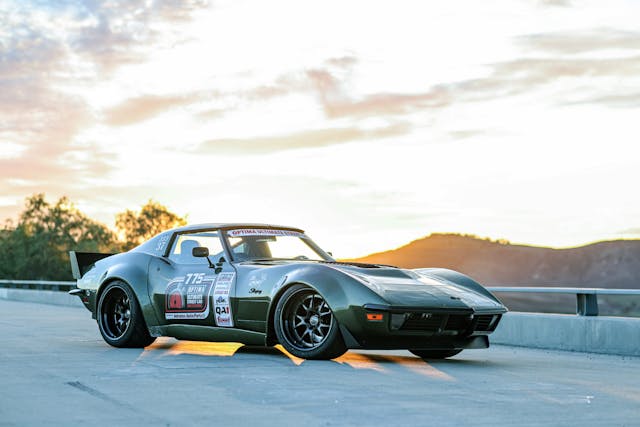
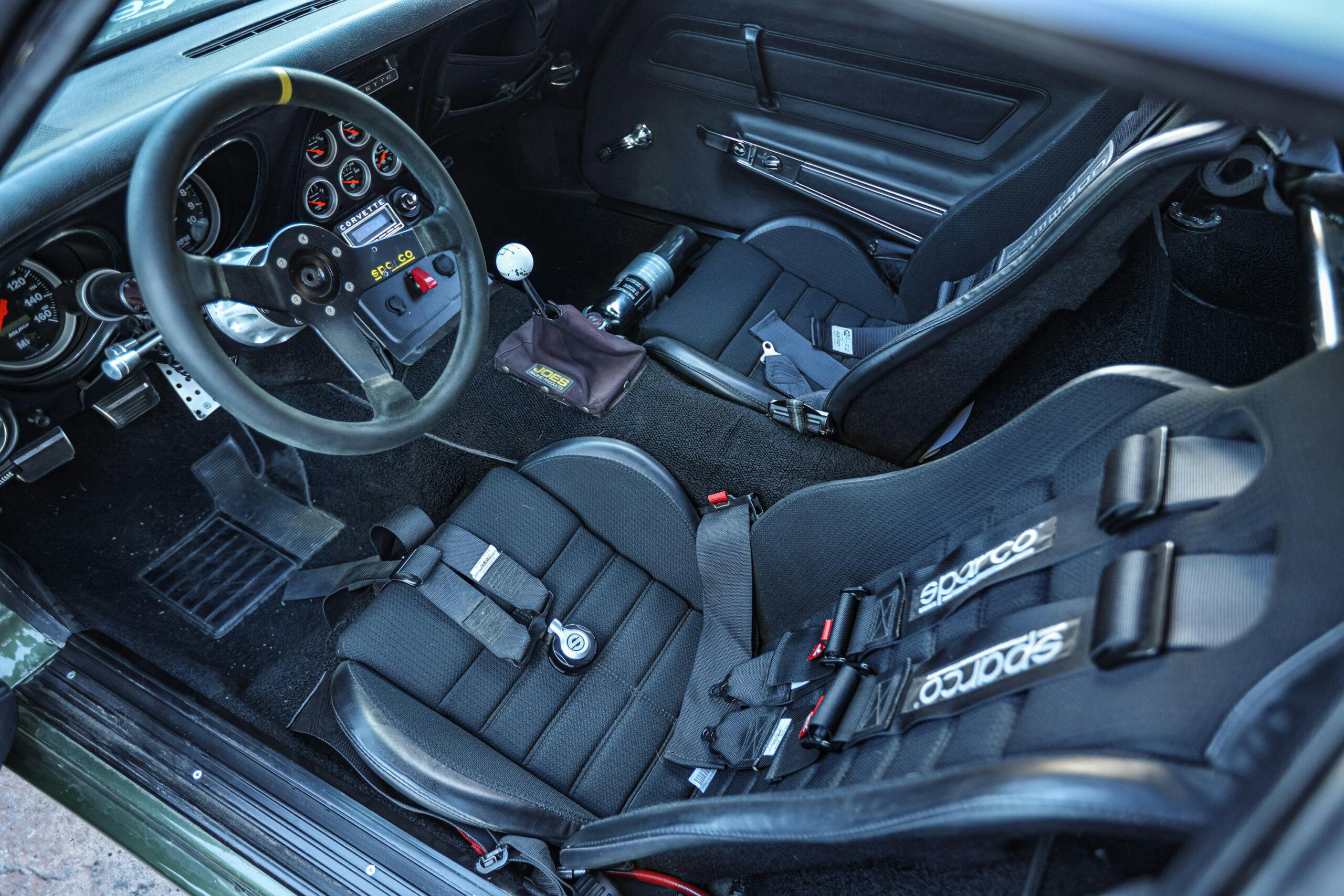
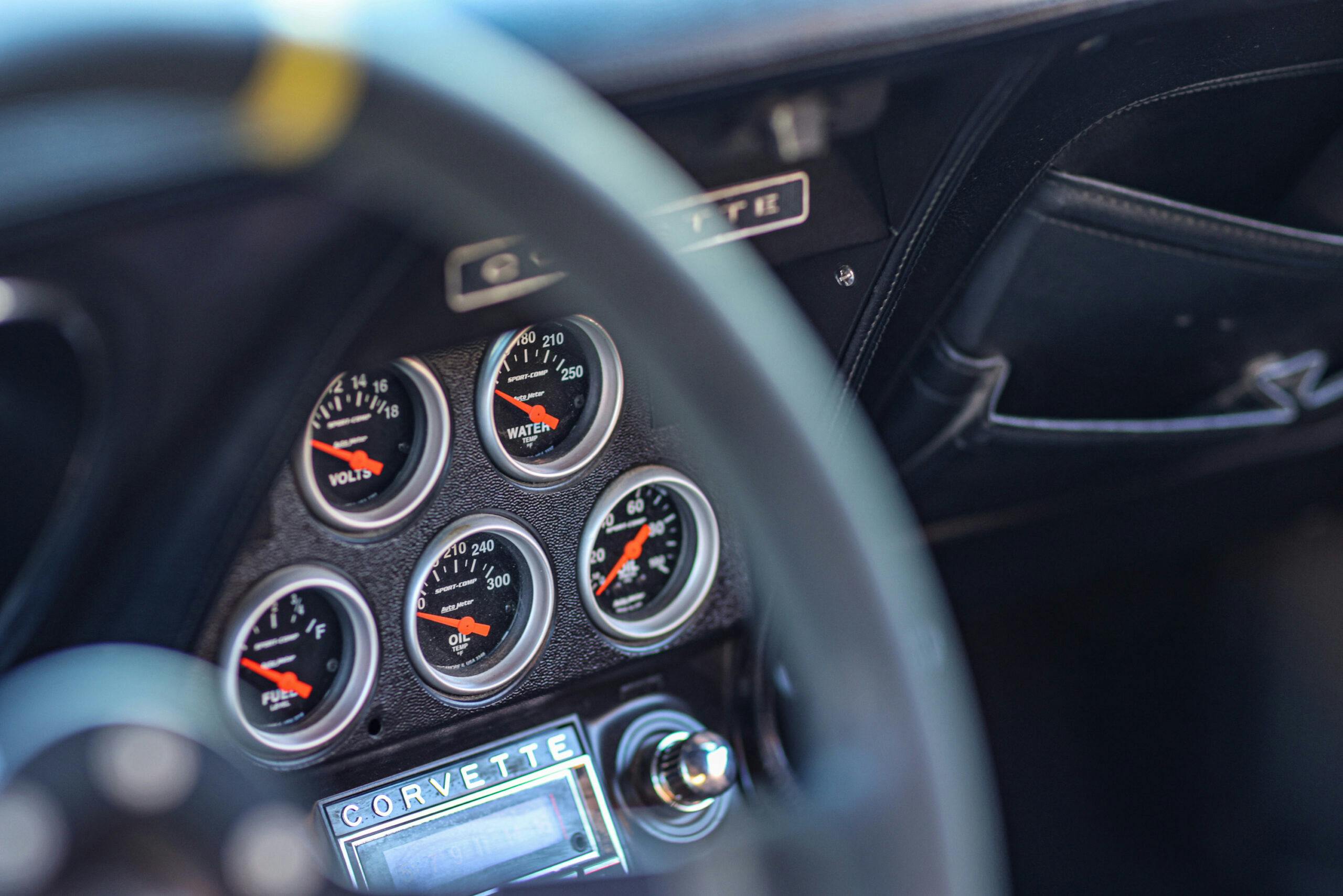

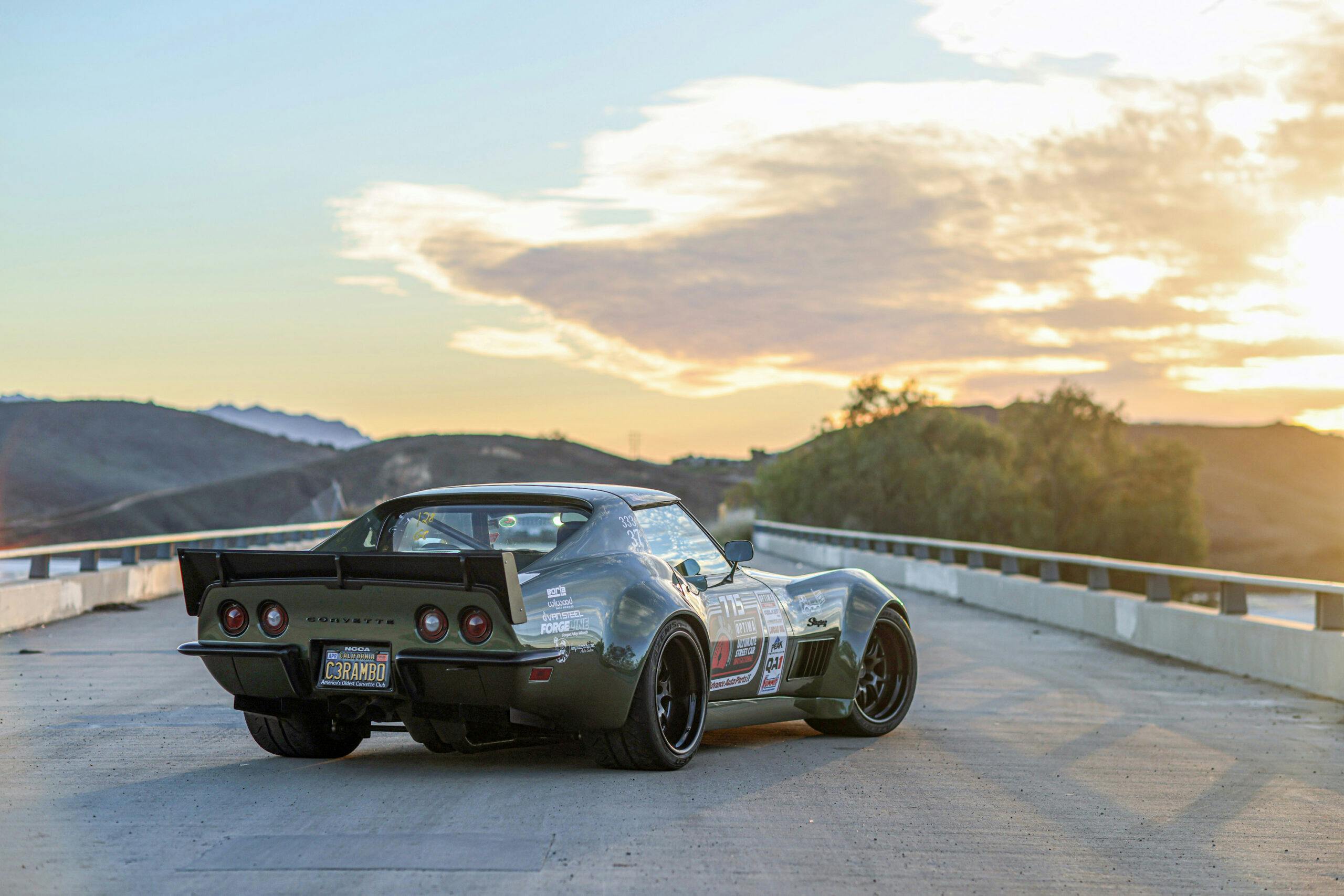

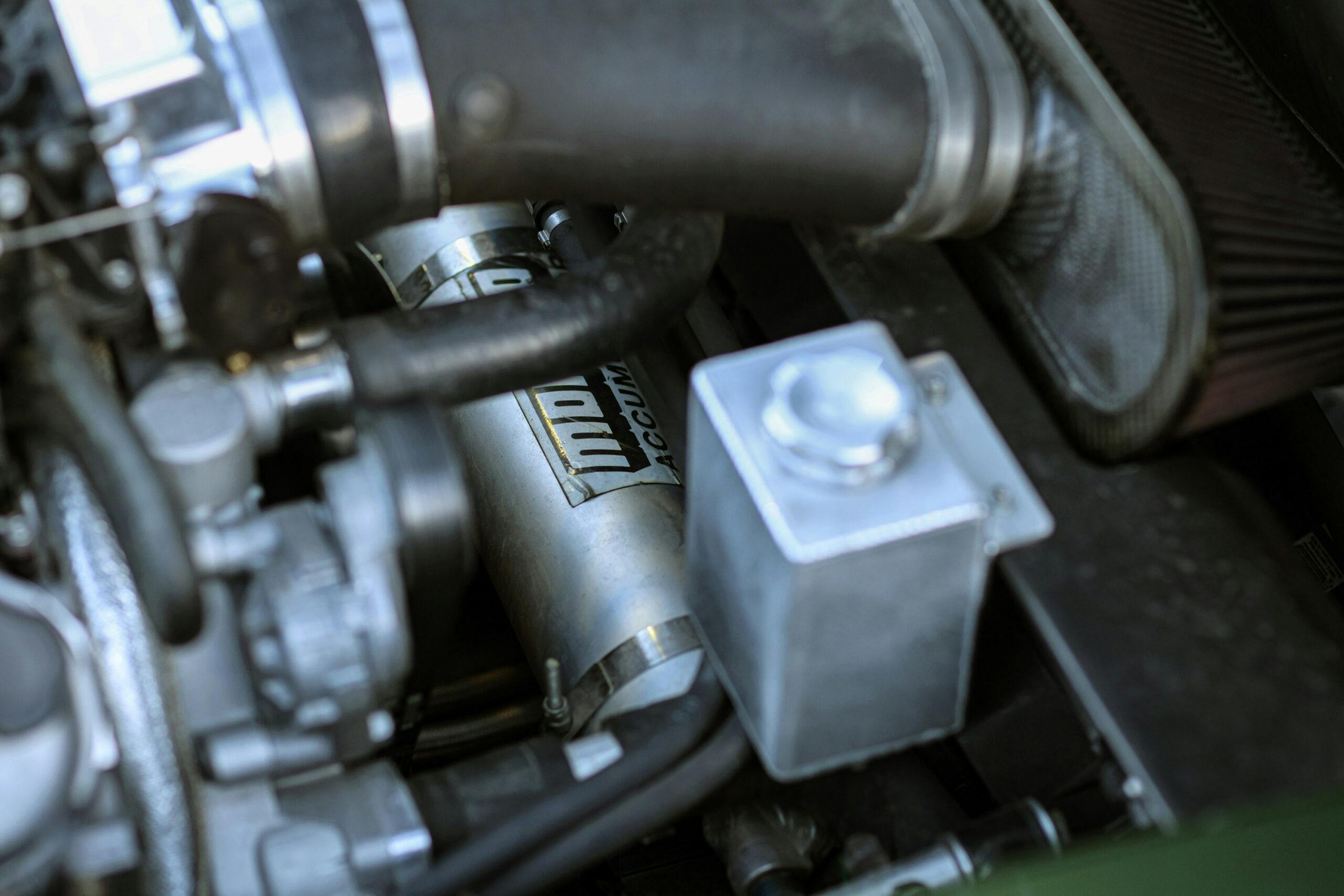
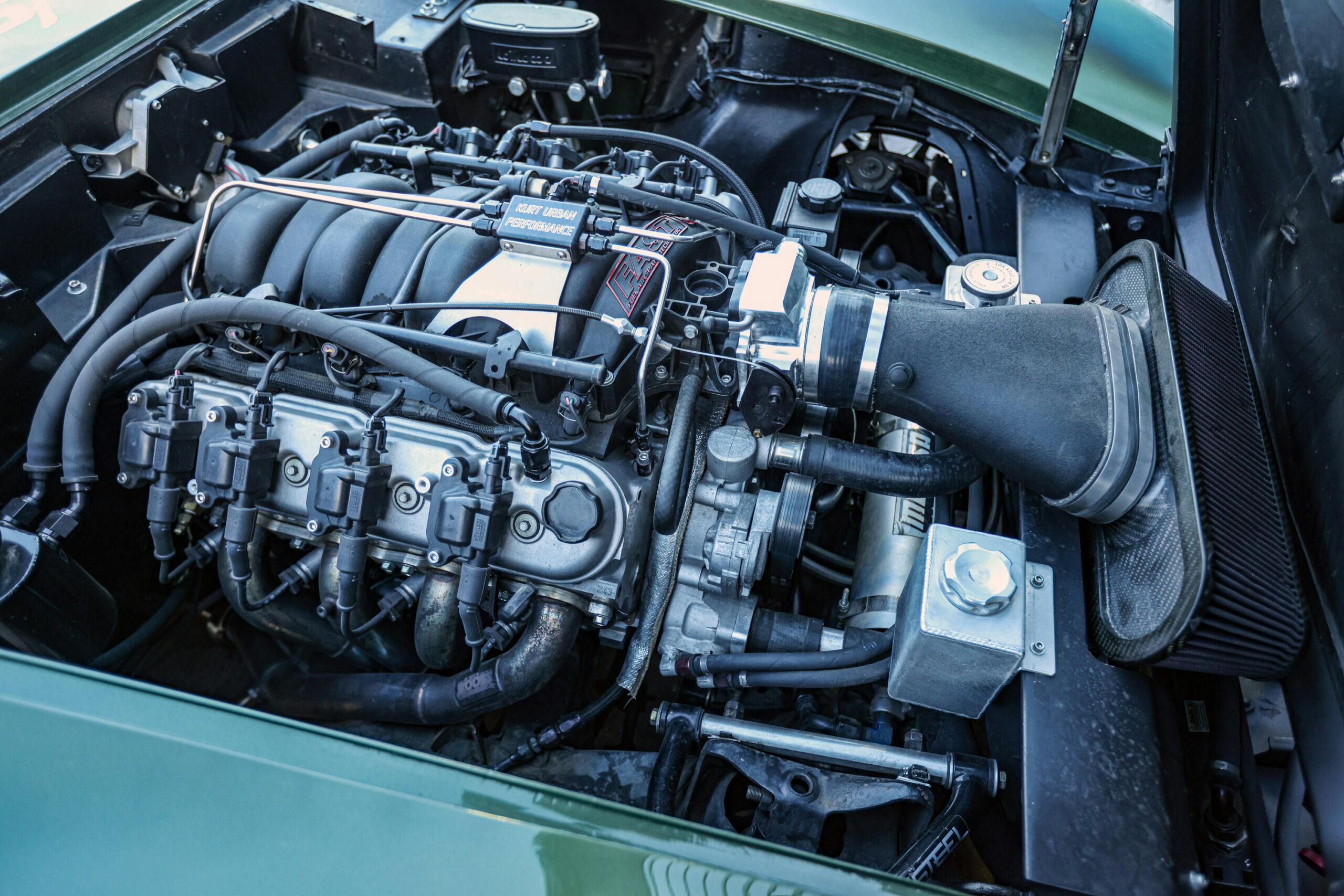



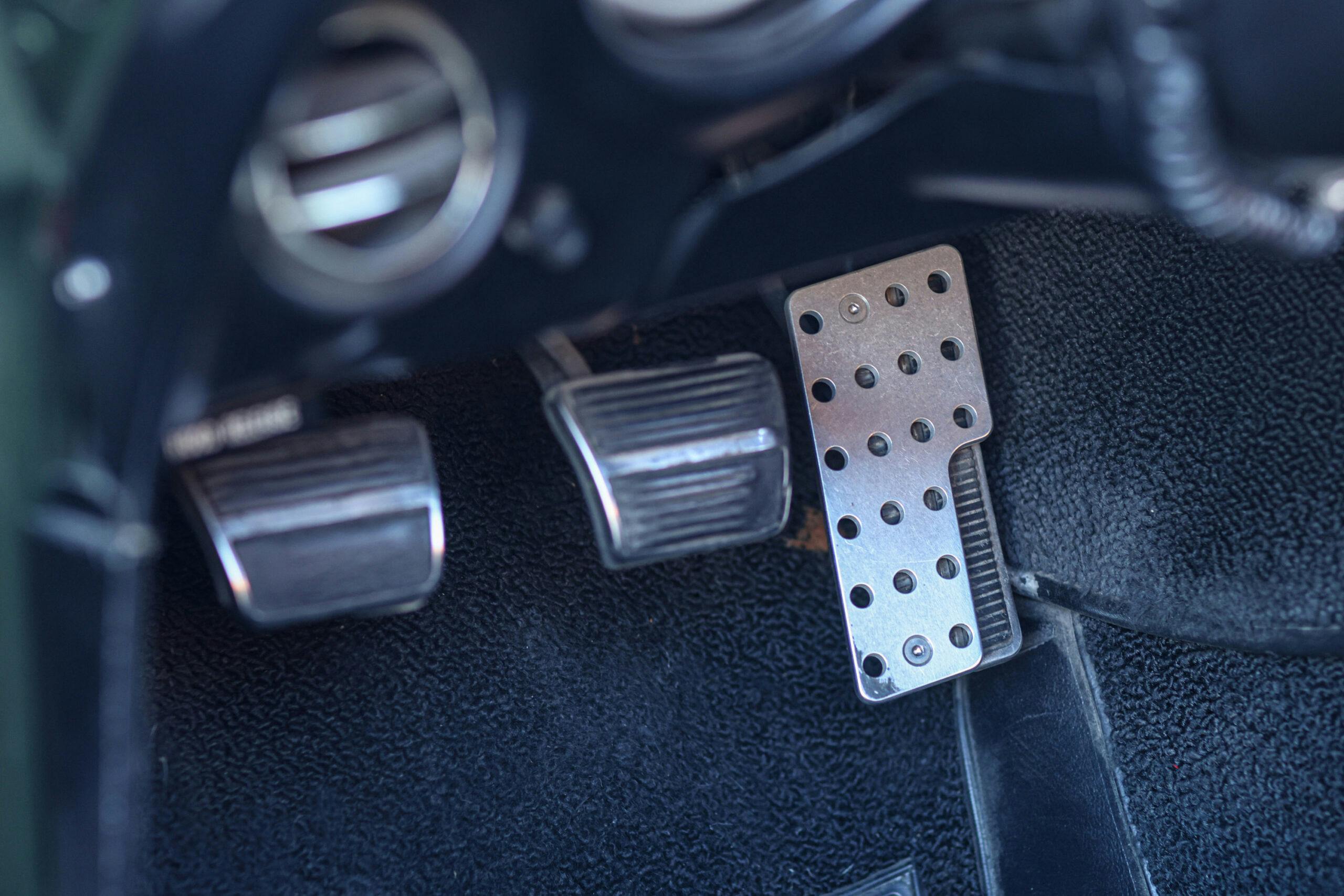


That is one sexy car.
Welllll now I regret selling my C3…
I enjoy reading about C3’s built like this. I did a LS swap in my’74 putting 600 hp to the ground long before any there were any resources available. Knowing that the suspension was going to need some upgrades I studied the Hurb Adams package already on the car and made so serious adjustments, including lowering, Wilwood brakes, 17×8.5 front 17×9.5 rear. Discovered on its first time out the steering box and further suspension upgrades were needed to be really competitive. Still have a bit of a problem with the car wanting to go right on hard acceleration.